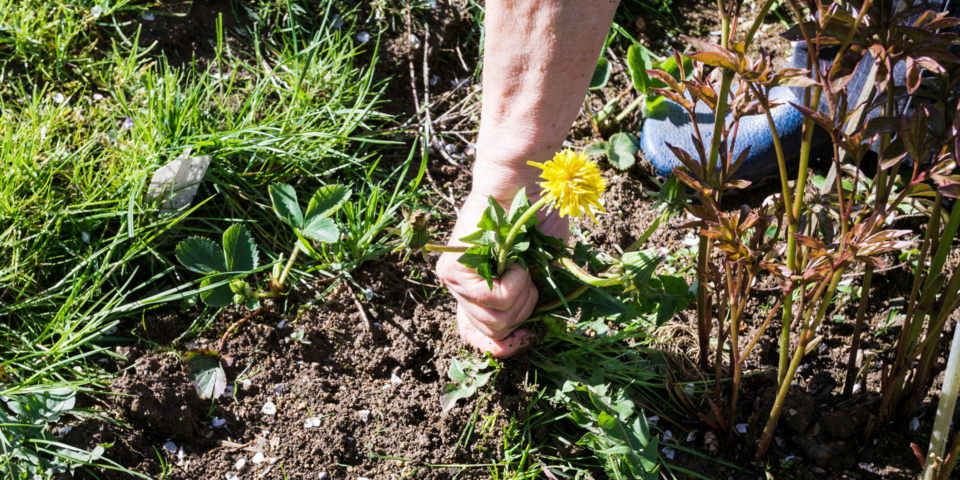
How does weed killer work?
March 24, 2021Weed control is a very important part of the plant production process. It is almost impossible to achieve both high and good quality yields without weed control. Weed killers became increasingly important in integrated plant production when hand weeding ended in the 20th century. They reduce unwanted weeds in plantations. By lowering the pressure of weed growth in a given field, they naturally increase the harvest of your desirable plants.
Using herbicides and even the best weed killer products can be ineffective if used improperly. Bad spraying along can mean only a small percentage of the active substance will reach its destination and be used in the protective process. Selecting the right weed control agent is crucial, so make sure you understand how each type of product works so that you can choose correctly. You can learn more about how weed killer works on this page.
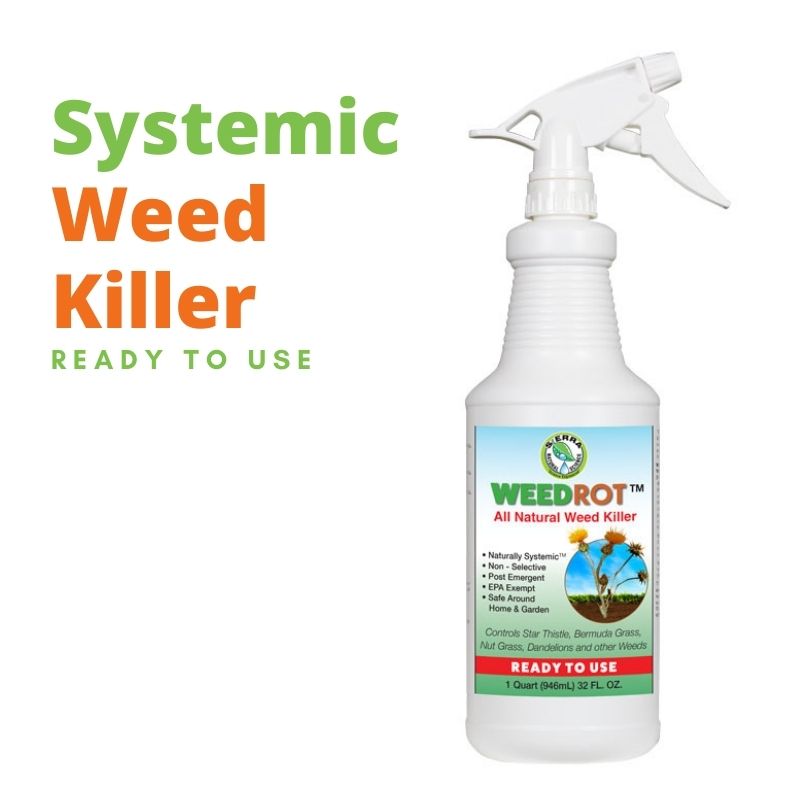
Weed Killer RTU
Stops weeds from taking in nutrients, causing them to dry out
• Works in as little as 3 hours
• Effective on over 250 kinds of weeds and grass
• No Glysophate
• Safe around children and pets when used as directed
How does weed killer work?
Depending on the way they work, herbicides are divided into contact and selective weed killers. The former act at the point of contact between the sprayed liquid and the weed. They have to cover the above ground parts of the plants thoroughly in order for them to work well. You should not use the non-selective herbicide before sowing. You should also not use nonselective herbicide in places where you do not want any plants to grow.
Selective weed killers have a much slower and systemic effect compared to contact ones. Follow this link to learn more about how long it takes weed killer to work. A selective weed killer will only fight specific types of weeds. Their results appear about 2 weeks after spraying, while the total broadleaf weed death occurs after 2 months.
You must know exactly what you expect from a weed preventer or weedkiller and what type of product is most suitable for your needs. For instance, what you choose will depend on whether you’re fighting grassy weeds, perennial weeds, stubborn weeds or annual weeds, among others.
What does herbicides’ efficiency depend on?
There are several mutually interacting factors that influence the effectiveness of many herbicides. These factors determine whether the herbicides come into contact with pesky weeds, stop at their surface, and absorb the active substance into plant cells.
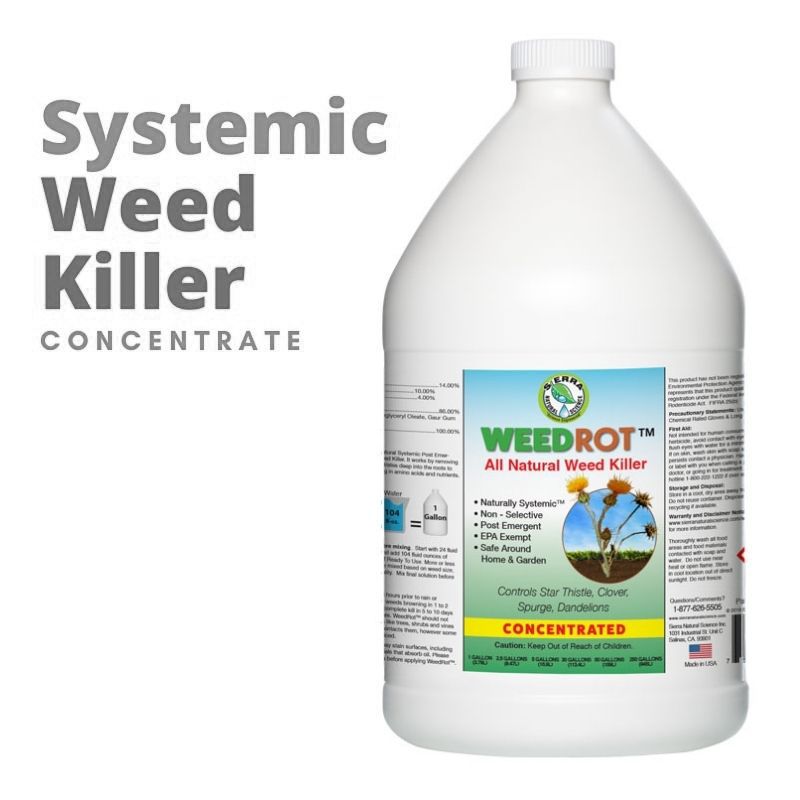
Many of these factors depend directly on humans, including:
- Selection of weed killer substance, such as granular weed killer, non selective weed killer, systemic herbicide, pre emergent weed killer, broadleaf weed killer, weed killer concentrate, post emergent weed killer, chemical weed killer, selective herbicide etc.
- Product’s mixture
- Choice of dose
- Date of application
- Method of application
- Quantity of applied liquid
- Its physicochemical properties
- Water quality
- Environmental conditions
- Spraying parameters
The effectiveness of herbicides also depends on the weeds themselves, which includes their morphological and anatomical properties. For instance, you may find that post-emergent herbicides or pre-emergent herbicides are a better choice to tackle the type of weeds that you are dealing with in your soil surface. Alternatively, you may find other types of weed killers to be a better weed control program for tackling tough weeds and unwanted plants. It’s important to educate yourself on the types of herbicides to choose the most effective option and mode of action for your situation.
Optimal application period
The optimal date for applying most foliar herbicides recommended for weed control should be during the period of their greatest sensitivity. This is when most of the weeds have already emerged.
However, choosing the ideal timing of herbicide application complicates uneven weed germination even within the same species, and especially between different weed species. In corn or sugar beet, for example, thermophilic species usually germinate 2-3 weeks later. This is often after the optimal date of application of most herbicides for weeds that have germinated earlier.
When weeds show up after that, it is often necessary to apply contact herbicides within the same crop on two or more different dates. This is especially true for protecting crops that are poorly competing with weeds. They are usually cultivated at a wide spacing, have a slow initial growth rate, and enclose leaves very late above the ground surface.
In such a situation, the optimal period of herbicide application should be adjusted to the changing situation of weed infestation. You can reduce the dose of herbicide or apply split doses when applying herbicides to weeds that are weakly advanced in growth. This includes the cultivation of maize or sugar beet. Be sure to exercise care in applying any modern herbicide around susceptible plants and plant species with known weaknesses.

The importance of atmospheric conditions for an effective plant treatment
The weather is rarely optimal, especially in late summer and autumn. You can most effectively perform weed killer treatments in specific time lapses, usually.
A common mistake made by gardeners is to neglect the influence of temperature on the effectiveness of the weed killer treatment. This is usually because of inaccurate knowledge of the herbicide requirements. It is important to have the correct information about the conditions under which the preparation should be used. This ensures that the action of the weed killer is effective while also not harming the crop.
The parameter you should focus on first is the minimum herbicide application temperature, i.e. the temperature of air or soil, which must be maintained for at least a few hours a day and within 7 days of the weed killer treatment for the weed application to be effective.
Applying weed killers at low temperatures
Low temperature is not conducive to herbicides. Using a liquid weed killer during cold days results in reduced effectiveness or simply no effect on weeds. It can also have a destructive effect on crops. The most frequent undesirable effect is the inhibition of grain growth. This is because of the synergistic effect of the active substance and low temperature.
Soil temperature and humidity are crucial in the pre-emergence protection of crops. For the soil spraying of weeds to be effective, the soil temperature must be higher than the minimum weed emergence temperature. At a lower temperature the weeds will not germinate and thus the treatment will be ineffective.
Effects of high temperatures
Too high a temperature during the application of the weed killer often results in side effects on cultivated plants. The most common damages include chlorosis or necrosis of aboveground parts of plants. This often leads to the destruction of whole plants.
When high temperature comes with low humidity, it can lead to fast evaporation of spraying water from the surface of leaves and crystallization of the active substance on their surface. This limits its penetration into the plant tissues and reduces its effectiveness. It activates the plant’s drought defense mechanisms, especially the production of a thicker layer of cuticle on the leaves. These mechanisms make it difficult for the chemical compounds to penetrate the leaves.
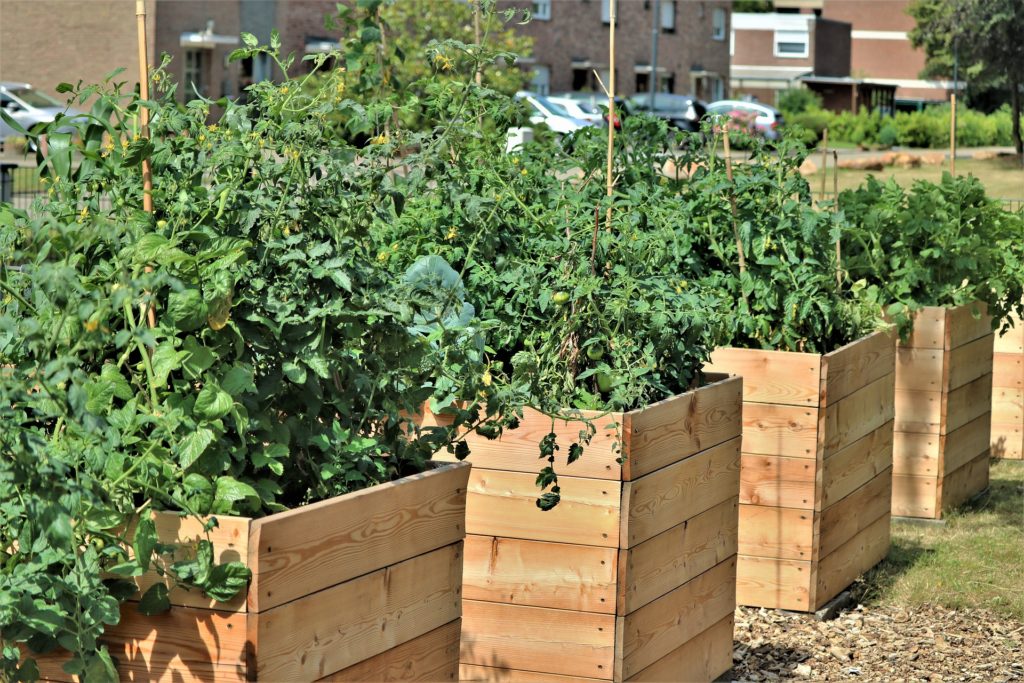
In addition, high temperature can cause the evaporation of sprays containing active substances, their re-condensation, and then transfer to a distance of up to several hundred meters from the place of implementation. It may reach a plant that is sensitive to a particular active substance, which might lead to its complete destruction.
The impact of rainfall
The second key factor affecting the effectiveness of weed killer treatments is soil moisture and rainfall during the treatment. The former is important for the effective action of soil herbicides. That can wash away the weed killing components from the soil more quickly. You can learn more about how long weed killer says in soil here.
Water shortages in the soil hinder the transfer of active substances to the developing cotyledons and roots, while dry substrate strongly absorbs particles of the herbicide active substance, limiting its effect. Drought delays weed emergence and lengthen it in time. This is often causing the need for additional treatment against weeds.
Intense or long-lasting rainfall is also a threat to the effectiveness of the treatments, especially shortly after spraying. They cause the active substance of soil preparations to wash out deep into the soil, beyond the reach of the weed roots. With foliar treatments, rainfall can cause the active substance to wash away into the soil. This results in the complete nullification of the treatment.
Proper water parameterization
A weed killer shows limited effect when used in combination with untreated, hard, saline or contaminated water with insoluble sediment. Progressive hydrolysis results in a significant deterioration of their effect because of the reduction of the active substance in the working fluid.
In an alkaline reaction, the sensitive active substances include:
- Captan
- Chlorothalonil
In an acid reaction, the following lose part of their biological activity:
- Entazone
- Glyphosate
- MCPA dicamba
- Metsulfuron-methyl
- Nicosulfuron
- Tifensulfuron-methyl
- Triasulfuron
- Tribenuron-methyl
- 2 4 D
Use chemicals and nutrients that increase wetting and penetrating properties of the treatment to improve water parameters and increase the effectiveness of herbicide spraying.
Weed killer drifting
During the spraying process, an undesirable phenomenon of drifting can occur because of moving outside the target area. The negative consequences of this weed killer drift include:
- Burn of non-target plants
- Losses of weed killer during spraying procedures
- Reduction of the effectiveness of plant protection treatment
- Environmental pollution
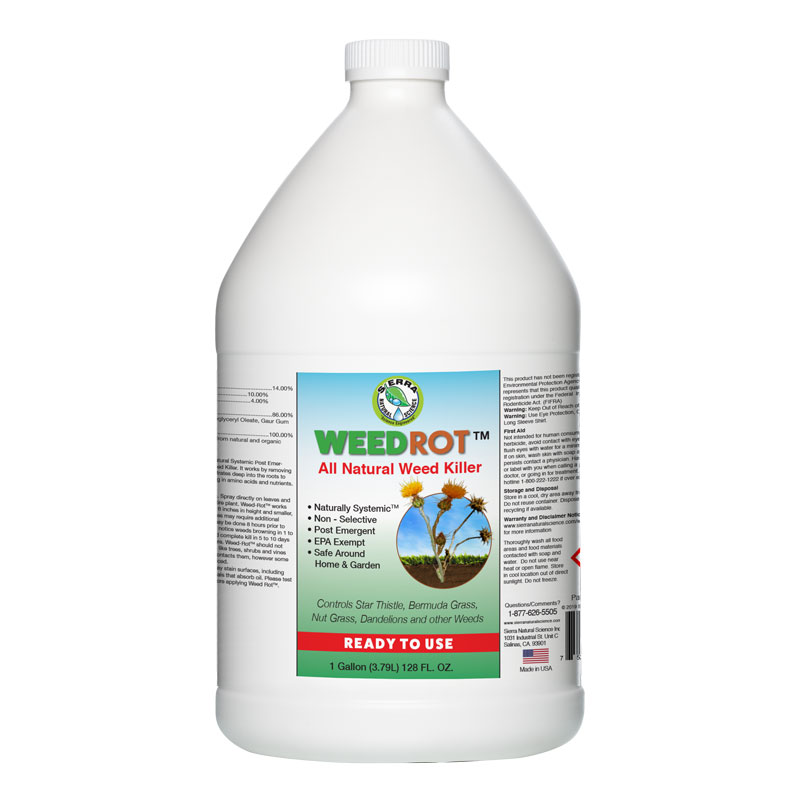
Weed Killer RTU
Size: Gallon
In order to prevent this from happening, it is necessary to choose the right time for spraying the weed killer and the most appropriate treatment technique. The late afternoon and night hours are the right time to perform weed killer treatment. Choose a time when the weather has these characteristics:
- Temperature oscillates between 50-70°F
- Humidity is over 50%
- The wind speed does not exceed 3 feet per second
- Is not wet weather
Limiting the drift of the liquid and thus increasing the effectiveness of herbicides can also be achieved by using modern ejector or low-drift sprays for protective treatments. You can learn more about the ideal time to apply weed killer here.
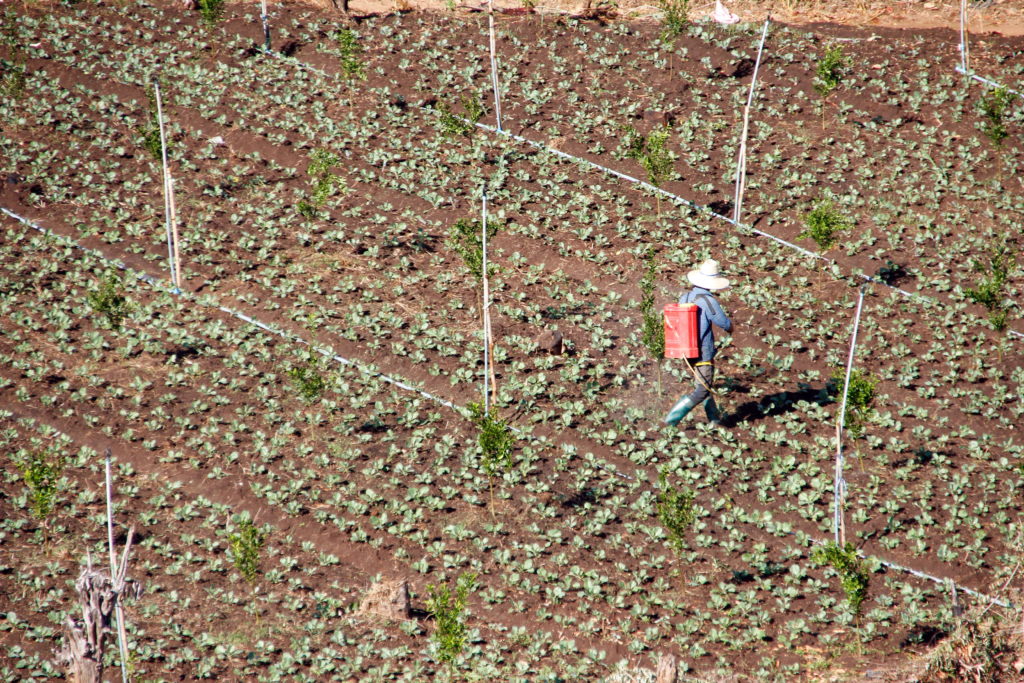
Necessary equipment for maximum effectiveness
You must carry out weed control treatments with efficient tools. You must equip sprayers with the right nozzles to ensure equal performance, guarantee the expected spray rate per acre, and correct directions.
The size and distribution of herbicide droplets determine the accuracy of the coverage of the sprayed areas and thus the amount of the absorbed product. Finer drops provide more accurate coverage of plants, but are more susceptible to wind drift at the time of treatment. The size of the drops can be adjusted by the appropriate selection of spraying nozzles and working pressure.
Assess the condition of weeds and crops
The decision on the choice of weed control in a given crop should primarily be based on the condition and degree of weed infestation of the field. The selected herbicide can be applied at a reduced dose only if the weeds in the field are sensitive to its full recommended dose. In addition, the weeds present in the field of the protected plant must not be overgrowing.
Young plants are always the most sensitive, from seedlings to 2 and up to 4 leaves. Before deciding to use herbicide in a lower dose, it is absolutely necessary to mirror the field to determine:
- Which type of weed grows on it
- What phase they are in
- Which species are most abundant
Caution for mixing products
The selection of the active ingredients or herbicide mixture for the actual state of weed infestation (foliar herbicides) or the anticipated state of weed infestation (soil herbicides) is undoubtedly one of the key factors determining the herbicide herbicidal effectiveness.
You should always perform the mixing of weed killing products according to the manufacturer’s recommendations. Add the chemicals in the right order. It is important to remember that depending on the reaction of the soil, using even the same mixtures in one field at different times may give different results.
When deciding to use several products at the same time, it is important to become acquainted with the possible negative effects of such actions. This can include, for example, a decrease in the effectiveness of the liquid due to the antagonism of the ingredients or difficulties in performing the treatment due to the heterogeneity of the resulting mixture.
Is there a correct dosage of herbicides?
The perfect quantity of a herbicide product is a common question. The use of herbicides at high doses often masks the influence of other factors that determine the effectiveness on the treatment for stubborn weeds. We should also note that high doses of herbicides can also cause damage to the protected garden plants. As a result, it might increase the overall cost of weed control for homeowners.
The main purpose of herbicide use is to destroy the existing weeds with the lowest possible dose of the active substance. Therefore, all possibilities to apply limited doses should be taken into account. This might include adapting the application date of the herbicide to the state of weeds in growth, or optimizing the properties of the spray liquid by adding appropriate adjuvants.
The herbicide doses recommended on the labels and detailed instructions take into account many unfavorable conditions in which the herbicide can be applied. They are usually administered within the upper limits.
Avoid dangerous herbicides with glyphosate
The effectiveness of glyphosate is due to the inhibition of the synthesis of certain amino acids in the plant, so it is not able to produce the proteins it needs to grow.
Genetically modified plants that recently appeared on the market are resistant to glyphosate. They have a modified sequence of enzymes involved in the production of these amino acids, which allows a specific plant hormone to avoid this chemical structure. But the danger lies in that the blocked enzyme is only encoded by the DNA of plants and microorganisms. It does not occur in animals, and especially not in humans – children included. Do not ignore these warnings.
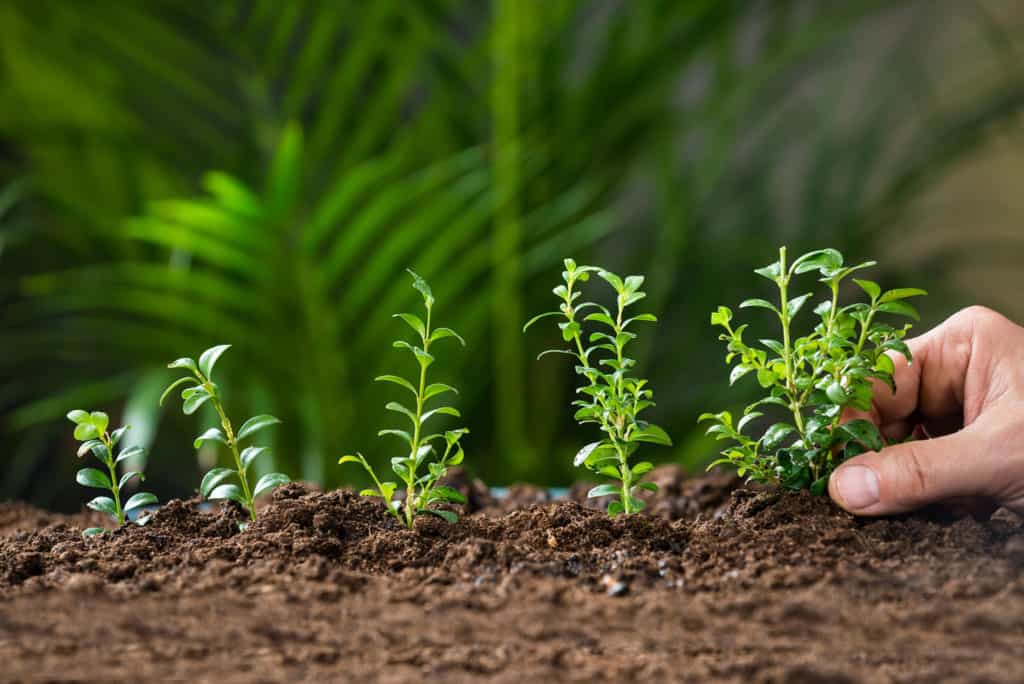
Another hazard associated with the use of glyphosate in large areas is its penetration into surface waters. Glyphosate has a lethal effect not only on terrestrial plants but also on plants and other aquatic organisms. Instead of encouraging stores and companies to produce more glyphosate-based herbicides, apply weed killers that are safe to you and the environment.
Sierra Natural Science organic weed killers
When thinking of buying weed control products, the most important factors are the ease and safety of use. Therefore, you should only choose herbicides from reliable suppliers and natural sources.
If you need to remove weeds safely, quickly, and effectively, Sierra Natural Science has what it takes. Their organic ready to mix weed killer products act on both young shoots and developed weeds, blocking their regrowth. All chemical substances are safe for children and pets including our organic herbicide, contact weed killer, and systemic weed killer products. Check the offer and choose the natural weed killer product that best meets your expectations. Any questions about organic weed removal or any target weeds? Our team of professionals will happily assist you in person or online in choosing the right organic herbicides. Get in touch now!

